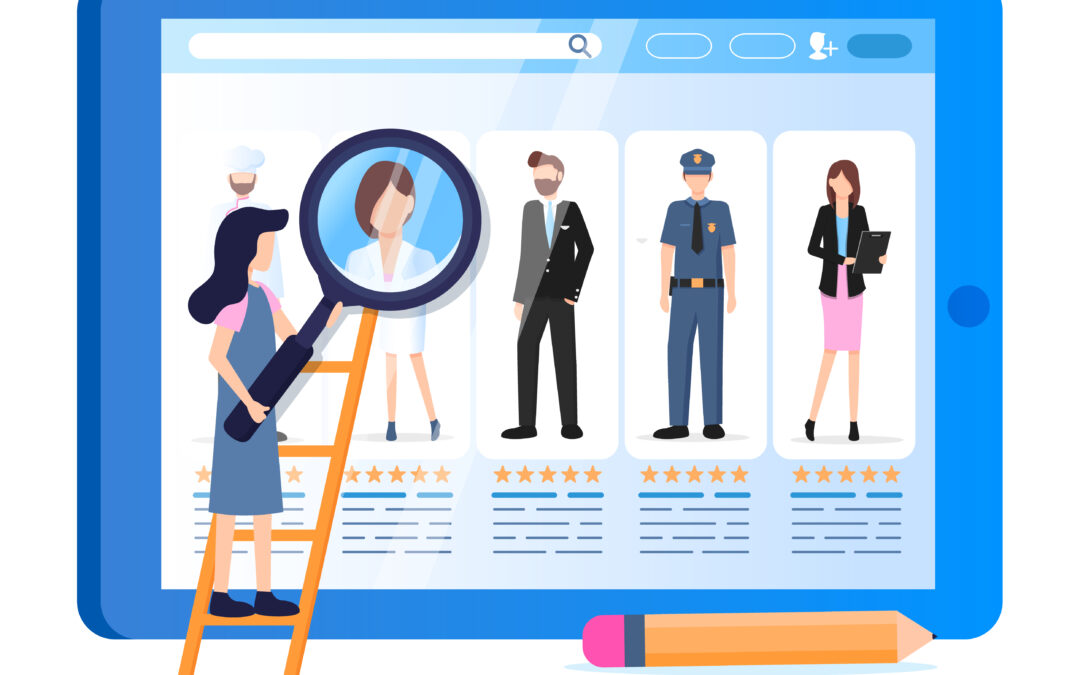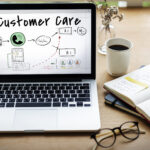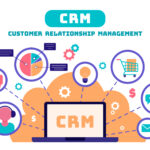In today’s hyper-competitive marketplace, the success of any B2B or B2C business hinges on one crucial relationship—the synergy between your leads and your sales team. You may have the best product or service, but if your sales team isn’t aligned with your lead generation process, conversions will suffer, opportunities will be lost, and revenue will stagnate.
So, how do you optimize lead generation and empower your sales team to close more deals effectively? In this comprehensive guide, we’ll explore how to build a rock-solid connection between leads and your sales team, ensuring your business consistently hits (and exceeds) its growth targets.
Table of Contents
📌 What Are Leads and Why Do They Matter?
Leads are individuals or businesses who have shown interest in your product or service. These people represent potential revenue and are the starting point of your sales funnel.
But not all leads are created equal. Some are just exploring; others are ready to make a purchase. That’s why understanding and categorizing your leads is essential.
In short: leads are the lifeblood of your business, and your sales team is the engine that drives them toward conversion.
💡 Pro Tip: A strong lead generation strategy ensures that your sales team is never starved of high-quality prospects.
🎯 Types of Leads You Should Know
To optimize your lead generation and conversion, you must know how to categorize your leads:
🔥 Hot Leads
These are ready-to-buy leads. They’ve shown significant interest and often request demos or pricing details.
🌡️ Warm Leads
They’ve interacted with your brand—through newsletters, webinars, or resource downloads—but aren’t purchase-ready yet.
❄️ Cold Leads
These individuals might not even know your business. They require nurturing via educational and awareness-driven campaigns.
💼 Marketing Qualified Leads (MQLs)
MQLs have met criteria that suggest interest, such as multiple site visits or engagement with campaigns.
📞 Sales Qualified Leads (SQLs)
SQLs are ready for direct sales contact. These leads fit your ideal customer profile (ICP) and show clear intent.
Proper classification ensures your sales team focuses their efforts where they matter most.
💼 The Role of the Sales Team in Lead Management
Your sales team is at the forefront of converting leads into customers. Their primary responsibilities include:
-
Initial Contact: Reaching out promptly and professionally.
-
Needs Discovery: Identifying customer pain points.
-
Solution Presentation: Offering tailored solutions.
-
Handling Objections: Addressing doubts and building trust.
-
Closing the Deal: Sealing the agreement with confidence.
Without a skilled sales team, even the best leads can slip through the cracks.
🆚 Lead Generation vs. Lead Qualification
These two terms are often confused but are fundamentally different processes.
Lead Generation involves:
-
SEO blogging (try Ahrefs or Surfer SEO)
-
Paid ads (Google Ads, Facebook Ads)
-
Webinars and events
-
Gated content like eBooks and case studies
Lead Qualification involves:
-
Evaluating Budget
-
Understanding Authority
-
Identifying Need
-
Defining Timeline
(BANT framework)
✅ Combine both for a robust and revenue-generating pipeline.
🤝 How to Align Marketing and Sales for Lead Success
A major challenge businesses face is the disconnection between marketing and sales teams.
Here’s how to fix it:
-
Set Shared KPIs: Conversion rates, revenue per lead, response time
-
Establish a Service-Level Agreement (SLA): Define what qualifies as a lead and how sales will respond
-
Use Unified Tools: Platforms like HubSpot, Salesforce, or Zoho CRM
💬 Companies with aligned marketing and sales teams achieve 208% more marketing revenue, according to MarketingProfs.
🔢 Lead Scoring: Prioritizing the Right Leads
Lead scoring allows you to assign a numerical value to each lead based on specific engagement and demographic criteria.
Common Lead Scoring Factors:
-
Number of website visits
-
Engagement with email campaigns
-
Job title and company size
-
Interactions with sales
Tools to Implement Lead Scoring:
When you know which leads are hot, your sales team can act faster and smarter.
🛠️ Tools to Connect Leads with Your Sales Team Efficiently
Technology is the glue that connects lead generation with sales success.
CRM Systems:
-
Salesforce – Enterprise-grade CRM
-
HubSpot – Free CRM with premium capabilities
-
Zoho CRM – Affordable and scalable
Marketing Automation Tools:
These platforms streamline workflows, assign leads, and keep everyone on the same page.
📈 Training Your Sales Team for Better Lead Conversion
A well-trained sales team is essential for maximizing the value of your lead generation efforts.
Key Sales Skills:
-
Active Listening
-
Product Expertise
-
Time Management
-
Objection Handling
-
Emotional Intelligence
Top Sales Training Tools:
Don’t underestimate the impact of regular workshops, coaching sessions, and script optimizations.
⚠️ Common Mistakes in Lead Handling (And How to Avoid Them)
Avoiding key errors is just as crucial as adopting best practices.
Major Mistakes:
-
Slow Response Time: Respond within 5 minutes to increase conversion likelihood.
-
No Lead Nurturing: Not every lead is ready to buy immediately.
-
Poor Data Hygiene: Incomplete or wrong data leads to inefficiency.
-
No Feedback Loop: Lack of communication between teams results in missed opportunities.
By fixing these issues, your business can significantly boost lead-to-sale conversions.
📊 KPIs to Track for Leads and Sales Performance
Key Performance Indicators (KPIs) provide insights into what’s working—and what isn’t.
Top Metrics:
-
Lead-to-Customer Rate
-
Lead Response Time
-
Sales Cycle Length
-
Cost Per Lead (CPL)
-
Lead Quality Score
Track these KPIs using your CRM’s dashboard or integrate with tools like Google Data Studio.
🔄 Best Practices for a Seamless Lead Handoff Process
Ensure Nothing Falls Through the Cracks:
-
Automate Lead Routing: Based on territory, product interest, or lead score
-
Set Triggers: Clearly define when a lead is ready for sales
-
Document in CRM: Keep all notes, emails, and activities up-to-date
-
Close the Feedback Loop: Sales should report back on lead quality and status
This leads to better communication, faster action, and higher revenue.
🎯 Conclusion: Unlocking the Full Potential of Your Leads and Sales Team
Aligning your lead generation efforts with your sales team is more than just a good strategy—it’s your path to sustainable growth.
By integrating tools, refining communication, and training your team to convert effectively, your business can:
-
Shorten sales cycles
-
Improve conversion rates
-
Enhance customer experiences
-
Drive scalable revenue growth
Now is the time to break silos, embrace technology, and foster a culture of collaboration between your marketing and sales teams.














